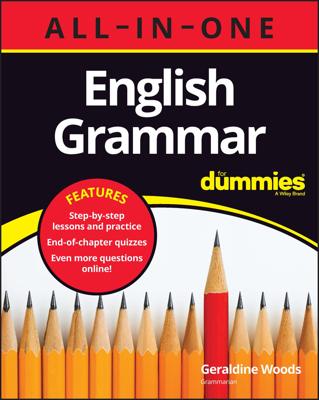Say you are studying for your English grammar final and you have to join two related sentences together. One way to do that is by using coordinating conjunctions. You’re familiar with these common words: for, but, yet, so, nor, and, and or. (And is the most popular, for those of you keeping track.)
These little powerhouses eat their spinach and lift weights every day. Their healthful habits make them strong enough to join complete sentences. They may also unite all sorts of equal grammatical elements. Here they are in action, joining complete sentences:
The rain pelted Abner’s gray hair, and his green velvet shoes were completely ruined.
The CEO told Tanya to text the address of the restaurant to everyone, but Tanya had no idea where the restaurant was.
You can take a hike, or you can jump off a cliff.
Ben did not know how to shoe a horse, nor did he understand equine psychology.
The townspeople lined the streets, for they had heard a rumor about Lady Godiva.
The coordinate conjunctions give equal emphasis to the elements they join. In the preceding sentences, the ideas on one side of the conjunction have no more importance than the ideas on the other side of the conjunction.
When the conjunctions and, but, or, nor, and for unite two complete sentences, a comma precedes the conjunction.
Some words appear to be strong enough to join sentences, but in reality they’re just a bunch of 98-pound weaklings. Think of these words as guys who stuff socks in their sleeves, creating biceps without the hassle of going to the gym. These fellows may look good, but the minute you need them to pick up a truck or something, they’re history.
False joiners include however, consequently, therefore, moreover, also, and furthermore. Use these words to add meaning to your sentences but not to glue the sentences together. When you see these words on a standardized exam, be careful! A favorite test-maker trick is to plop these words into a run-on. Take a look at these examples:
Run-on: Levon gobbled the birdseed, consequently, Robbie had nothing to eat.
Corrected version 1: Levon gobbled the birdseed; consequently, Robbie had nothing to eat.
Corrected version 2: Levon gobbled the birdseed. Consequently, Robbie had nothing to eat.
Notice the semicolon in the first corrected sentence? Semicolons are equivalent to coordinate conjunctions. According to the Official Grammarian's Rule Book (which doesn't exist), semicolons can join two complete sentences under certain conditions.
With your sharp eyes, you probably spotted a comma after consequently in each of the preceding examples. Grammarians argue about whether you must place a comma after a false joiner. (For the record, false joiners are conjunctive adverbs. No one in the entire universe needs to know that term.) Some grammarians say that the comma is necessary. Others see the comma as optional — a question of personal style. This is the sort of argument that makes grammarians ideal candidates for Nerds Anonymous.

